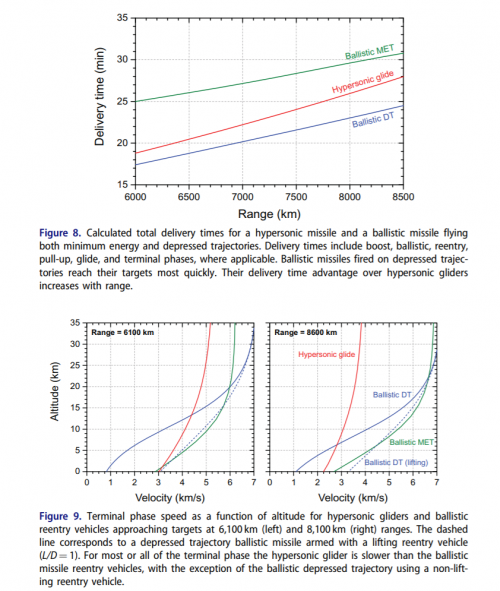Scott Kenny
ACCESS: USAP
- Joined
- 15 May 2023
- Messages
- 11,055
- Reaction score
- 13,268
With SpaceX and Falcon/Falcon Heavy, it's now affordable to put tens of thousands of Brilliant Pebbles into orbit.
Putting Missile Interceptors In Space Critical To Defending U.S. Citizens: Space Force Boss
The large-scale weaponization of space appears to be imminent as competition in orbit heats up between the U.S. and its adversaries.www.twz.com

Saltzman: US Can Overcome Hurdles to Develop Space-Based Interceptors
Space Force Gen. B. Chance Saltzman said he believe industry can figure out how to make space-based interceptors work.www.airandspaceforces.com





